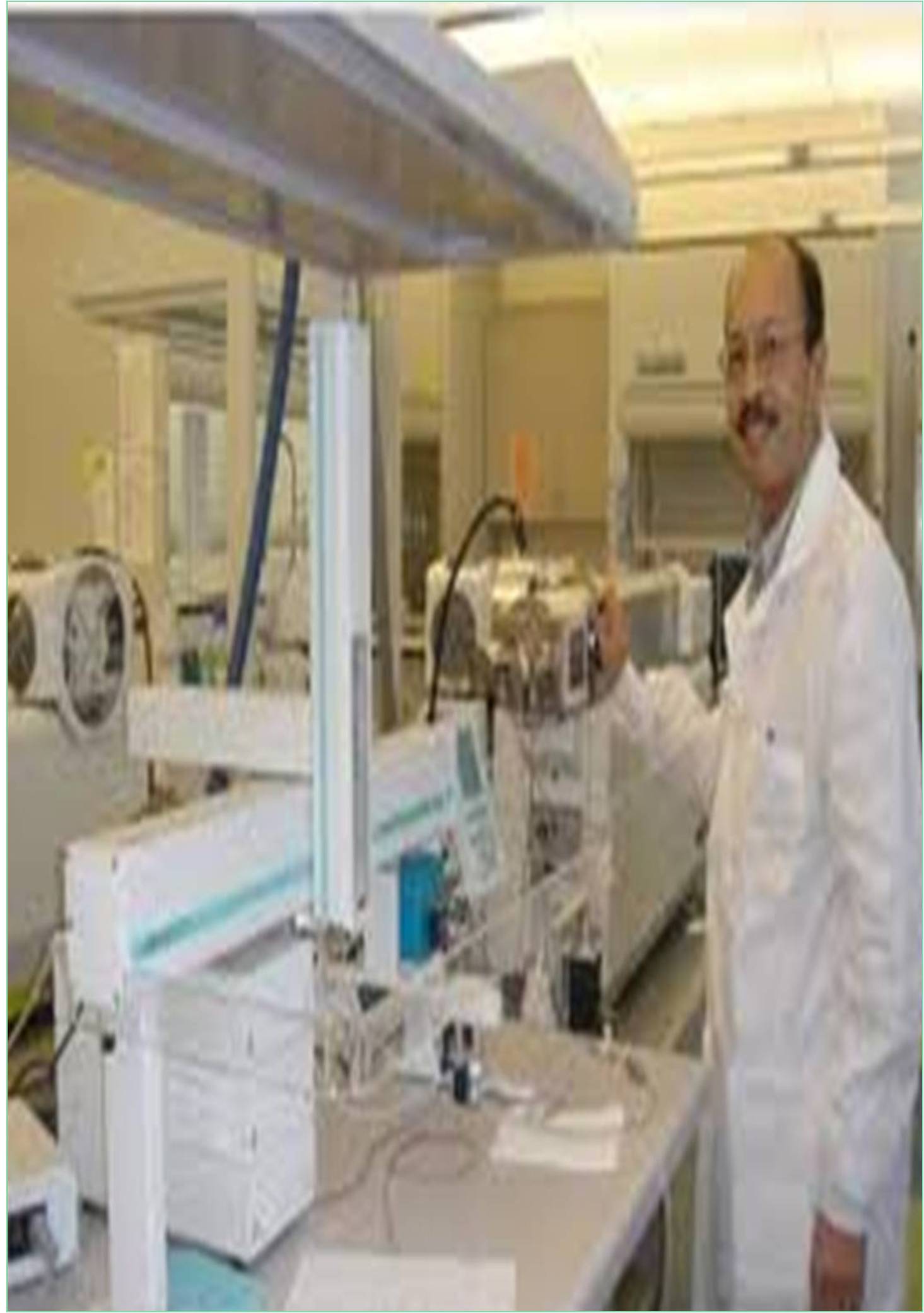



Received: 01-Aug-2022, Manuscript No. IJCB-22-74157; Editor assigned: 05-Aug-2022, Pre QC No. IJCB-22-74157 (PQ); Reviewed: 22-Aug-2022, QC No. IJCB-22-74157; Revised: 29-Aug-2022, Manuscript No. IJCB-22-74157 (R); Published: 05-Sep-2022, DOI: 10.15651/IJCB.22.7.025
Recent nanotechnology breakthroughs have made various nanostructured materials more affordable for a wider range of applications. Although research into the use of these materials for biocatalysts is still in its early stages, various nanostructures have been investigated as hosts for enzyme immobilization using methods such as enzyme adsorption, covalent attachment, enzyme encapsulation, and sophisticated combinations of methods. This study examines the stabilization mechanisms that underpin these various approaches, including confinement, pore size and volume, charge interaction, hydrophobic interaction, and multipoint attachment. Mostly focus on recently reported approaches to improving enzyme stability in nanostructures such as nanoparticles, nano fibers, mesoporous materials, and Single Enzyme Nanoparticles (SENs).
Each enzyme molecule in the form of SENs is surrounded by a nanometer scale network, resulting in the stabilization of enzyme activity without any serious limitations for substrate transfer from solution to active site. SENs can be immobilized into mesoporous silica with a large surface area, resulting in a hierarchical approach for stable, immobilized enzyme systems for a variety of applications including bioconversion, bioremediation, and biosensors. Immobilization is a critical technology for the successful implementation of enzyme-based industrial processes, particularly for the production of green and sustainable energy or chemicals from catalytic conversion of biomass. The various methods for immobilizing enzymes are critically examined. Enzymes are immobilized in three ways: (i) by binding to a support, (ii) by encapsulation or entrapment, or (iii) by cross-linking (carrier free).
Immobilizing enzymes on specific supports can improve storage and operational stability. Furthermore, recent advances in nano and hybrid technology have made a variety of materials more affordable hosts for enzyme immobilization. This study discusses various methods for improving enzyme stability in nanoparticles, nano fibers, mesoporous materials, sol-gel silica, and alginate-based microspheres. The benefits of stabilized enzyme systems stem from their ease of separation and recovery for reuse, while retaining activity and selectivity. This study also takes into account the most recent studies on various enzymes immobilized on various support materials, which have enormous potential for biosensor, antibiotic production, food industry, biodiesel production, and bioremediation, because stabilized enzyme systems are expected to be environmentally friendly, inexpensive, and simple to use for enzyme-based industrial applications.
With the increased use of nano biotechnology enabled solutions for diagnostics, therapeutics, bioelectronics, environmental, and energy-related applications, there is a high demand for developing manufacturing processes that can generate functional nanostructures with bioactive properties reliably and reproducibly at low cost and in large quantities for implementation in practical devices. Over the last decade, there has been a surge interest in the development of field portable monitoring devices. The fabrication, characterization, and performance of portable and printable enzyme biosensors based on functional enzyme-nanoparticle conjugates are described. Their discuss the physicochemical and surface properties of nanoparticles used as carriers and sensing components in the design of portable biosensors, as well as the role of these parameters in improving device performance, stability, and field operability.
The assembly of enzyme-nanoparticle conjugates is also discussed, along with an overview of current and emerging techniques enabling large-scale roll-to-roll fabrication and miniaturization, such as screen-printing, inkjet, and 3D printing methods, as well as their integration in flexible, wearable, and low-cost point-of-use devices. Current status and implementation challenges are discussed, along with examples of clinical, environmental, public safety, and food monitoring applications. The development of low-cost measurement technology capable of providing field monitoring and realtime data for home diagnostics, point-of-care testing, food and environmental monitoring is in high demand.